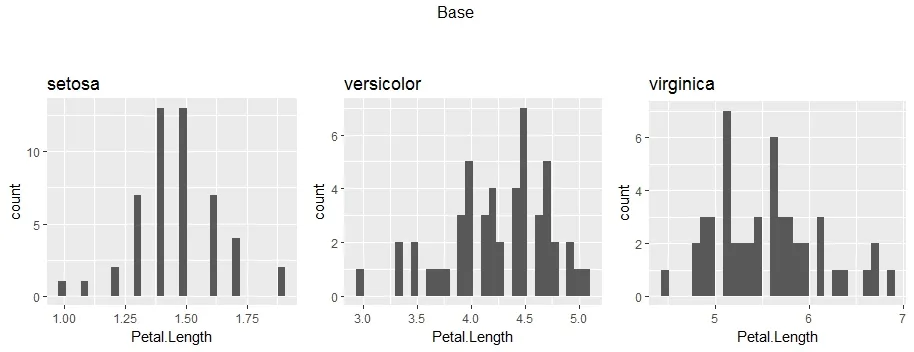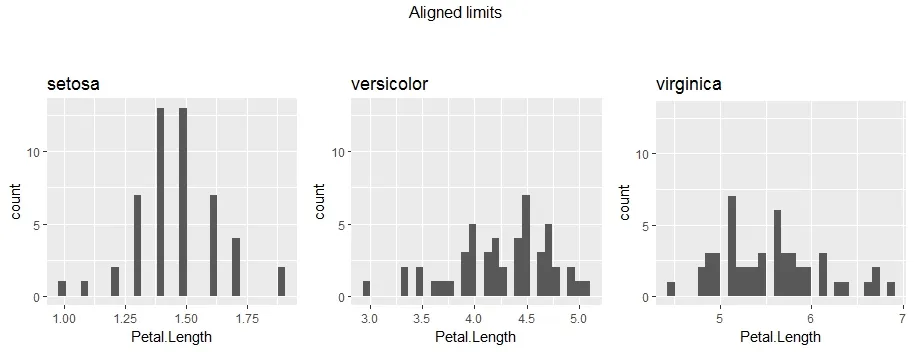我已经用ggplot2制作了一系列直方图,并使用ImageMagick将它们制作成了一个gif动画。
 我的想法是所有的图形都应该有相同的x轴刻度,但这并不完全正确,因为由于标签的宽度不同,y轴会摆动。如何使图形固定,以便所有图形具有完全相同的轴位置?
以下是我的ggplot代码,如果有帮助:
我的想法是所有的图形都应该有相同的x轴刻度,但这并不完全正确,因为由于标签的宽度不同,y轴会摆动。如何使图形固定,以便所有图形具有完全相同的轴位置?
以下是我的ggplot代码,如果有帮助:
 我的想法是所有的图形都应该有相同的x轴刻度,但这并不完全正确,因为由于标签的宽度不同,y轴会摆动。如何使图形固定,以便所有图形具有完全相同的轴位置?
以下是我的ggplot代码,如果有帮助:
我的想法是所有的图形都应该有相同的x轴刻度,但这并不完全正确,因为由于标签的宽度不同,y轴会摆动。如何使图形固定,以便所有图形具有完全相同的轴位置?
以下是我的ggplot代码,如果有帮助:hist.fn<-function(tier,ddf){
df<-ddf[ddf$tier==tier,]
l<-match(tier,levels(df$tier))
hist.png<-ggplot(df,aes(df$"Premium Adult Individual Age 40" ))+
geom_histogram()+
labs(title=paste0(tier," premiums in federal exchanges"),
x ="Premium", y = "Frequency")+
coord_cartesian(xlim=c(0, 1500))+
theme_bw()+
theme(text = element_text(size=14), plot.title = element_text(face="bold"),axis.title.x =element_text(face="bold"),axis.title.y =element_text(face="bold"))
file=paste0(l,"hist.jpg")
ggsave(filename=file, plot=hist.png, width=13, height=8, dpi=50)
return(hist.png)
}
data.df$tier%>% levels %>% lapply(FUN=hist.fn,ddf=data.df) ->histograms.of.tiers
system("magick -delay 75 *hist.jpg hist.gif")


